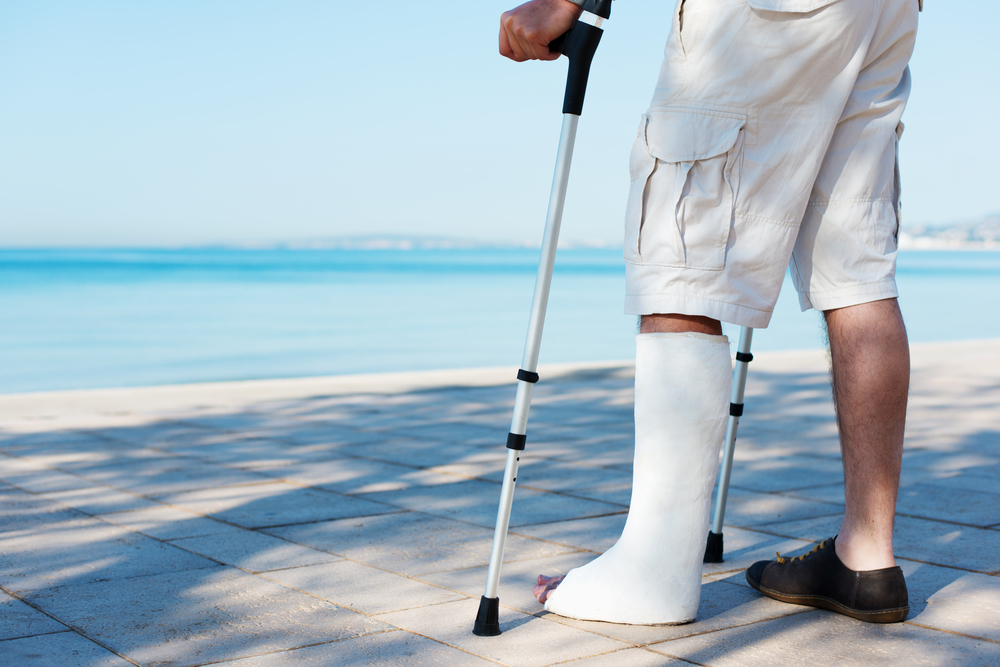By Professor Heidi Muenchberger, School of Human Services and Social Work and the Griffith Health Institute
When we’re sick, we spend more time than usual indoors. But where you recover is as important as the healthcare you receive.
Research has shown that there is a mutual relationship between place and peoplewhere the physical, social and natural elements of place are key factors in psychological and physical wellbeing. As a result, architects and planners have begun to re-think therapeutic environments to maximise patient outcomes and healing.
After serious injury, an individual’s recovery and healing will take place in specialised rehabilitation and outpatient treatment facilities for a period of time. Rehabilitation for severe injuries such as traumatic brain injury, stroke and spinal injury often takes place in community-based rehabilitation facilities or smaller specialised outpatient/ day facilities and can take many months, even years. It is important then, that these rehabilitation settings are conducive to healing and wellbeing.
However, rehabilitation healthcare settings are yet to be properly considered from a design perspective and as a result are usually dehumanising, stark, intimidating institutions with multiple entrances, unclear signage and disorienting corridors with no evidence of personalised environments or private, healing spaces.
It is not widely understood that stress experienced within the physical environment can be reduced through good design. Restoration of a patient’s depleted health state can be achieved through attention to several environmental factors. Healthcare architects, health researchers and environmental psychologists identify four key features that can measurably improve patient outcomes:
1. Environments that reduce or eliminate environmental stressors
2. Environments that provide positive distractions
3. Environments that enable social support
4. Environments that give a sense of control
In these settings, we can help patients recover faster by making some important changes to the built environment. Improving the physical, social and sensory characteristics can influence the quality of recovery and rehabilitation outcome. Providing access to nature, giving patients a sense of personal control over light, sound and comfort, and creating an enriched and stimulating environment with positive distractions has been found to reduce stress and anxiety, reduce pain and lower infection rates.
If health and rehabilitation settings become as engaging as contemporary learning and creative environments, we may find that patients get better sooner and go home happier!
